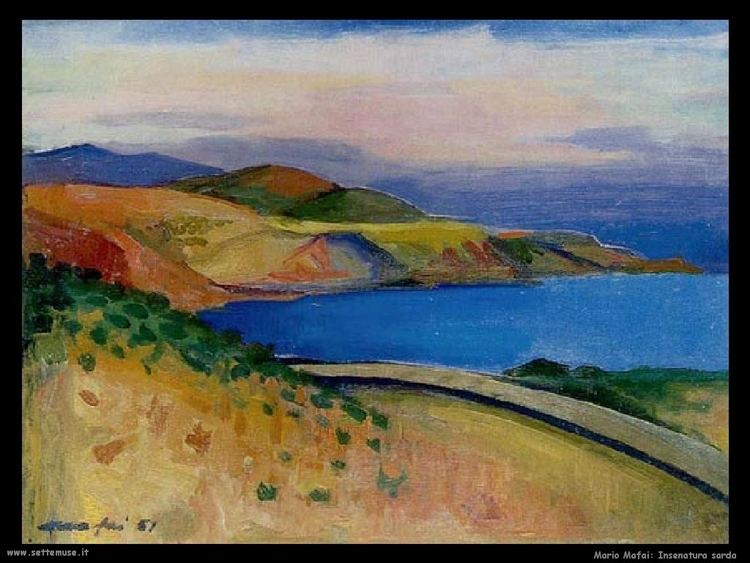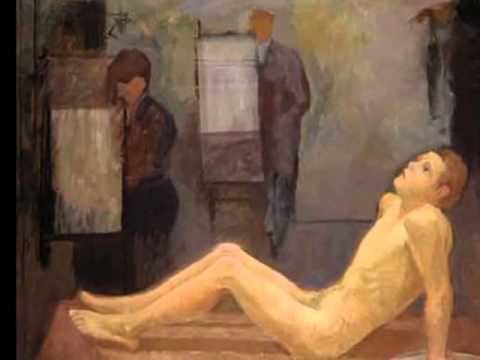Nationality Italian Spouse Antonietta Raphael Movement Scuola romana | Name Mario Mafai Children Giulia Mafai Role Painter | |
 | ||
Notable work Demolizioni di Via Giulia (Demolitions in Via Giulia), 1928 Paesaggio romano (Roman landscape), 1929 Demolizioni dell'Augusteo, 1936Gli scaricatori di carbone (The colliers), 1950 Patron(s) Alberto Della RagioneRoberto Longhi Died March 31, 1965, Rome, Italy Similar People Antonietta Raphael, Giulia Mafai, Miriam Mafai | ||
Against mussolini mario mafai s fantasia horrors of war
Mario Mafai (12 February 1902 – 31 March 1965) was an Italian painter. With his wife Antonietta Raphaël he founded the modern art movement called the Scuola Romana, or Roman school.
Contents
- Against mussolini mario mafai s fantasia horrors of war
- Mario mafai chopin estudio n 19
- Biography
- References

Mario mafai chopin estudio n 19
Biography

Mafai left school very early, preferring to attend, with Scipione, the Scuola Libera del Nudo, or free school of the nude, of the Accademia di Belle Arti di Roma. His influences in those years were Roman galleries and museums, and the Fine Arts Library at Palazzo Venezia.

He met painter and sculptor Antonietta Raphaël in 1925, and they married. In 1927 Mafai exhibited for the first time, with a show of studies and maquettes organised by the Associazione Artistica Nazionale in Via Margutta. In 1928 he had a second exhibition, at the XCIV Mostra degli Amatori e Cultori di Belle Arti, as well as a collective with Scipione and other painters, at the Young Painters Convention of Palazzo Doria in 1929.

In November 1927, Mafai and Raphaël moved to 325 via Cavour in Rome, and made a studio there. Within a short time, it became a meeting point for writers such as Enrico Falqui, Giuseppe Ungaretti, Libero de Libero and Leonardo Sinisgalli, as well as the young artists Scipione and Renato Marino Mazzacurati.
